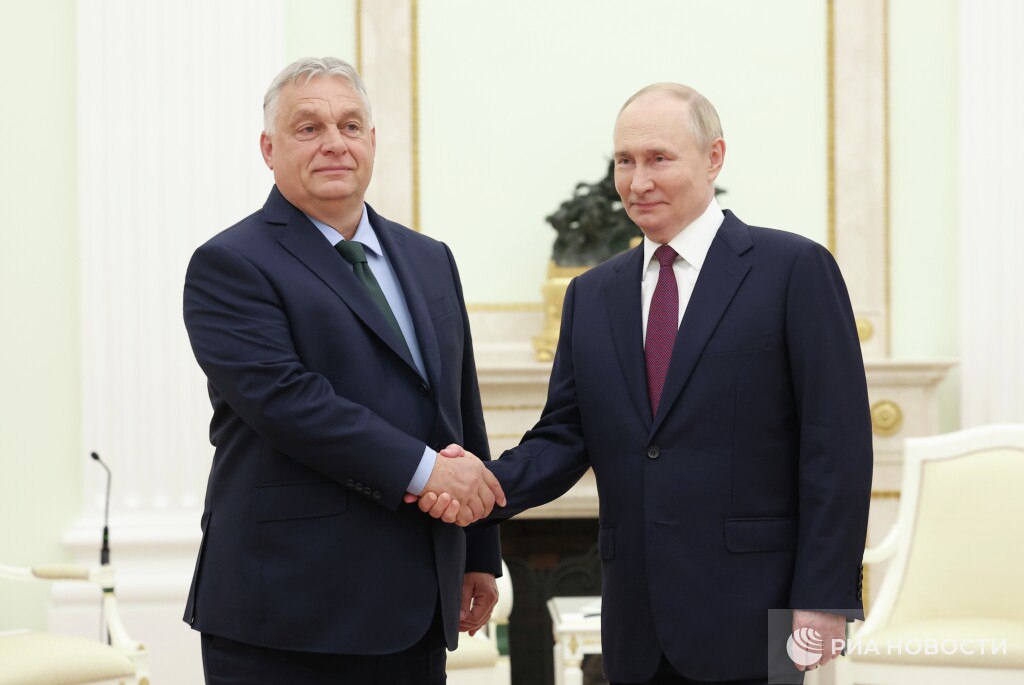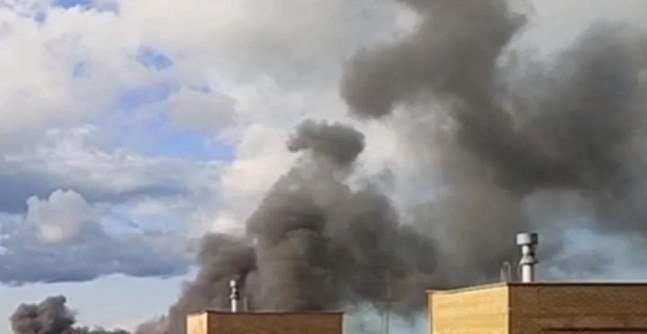Hackers erased Gazprom’s digital brain in catastrophic cyber strike, HUR source says

A Ukrainian cyberattack on Gazprom systems has reportedly crippled the Russian state gas monopoly’s digital infrastructure, Suspilne reports, citing a source in Ukraine’s Defense Intelligence (HUR). The hackers wiped data from physical servers, cloud platforms, and all backups, targeting critical control systems that manage Russia’s gas flows, finances, and internal operations.
Gazprom’s entire infrastructure breached before data wipe
Suspilne reported earlier that the attack took place on 17 July. Now, Suspilne’s HUR source said Ukraine’s intelligence operatives obtained full access to all of Gazprom’s information systems, reaching a depth of penetration that the source described as “unprecedented.” The access reportedly included internal analytics, core servers, digital platforms, and user credentials from across Gazprom’s operational hierarchy.
According to Suspilne’s reporting, the operation began with full infiltration and ended with a coordinated deletion of all available data — including security systems, server control modules, and support networks that kept Gazprom’s infrastructure running.

Europol dismantles pro-Russian cyber army flooding Ukraine and its allies with attacks
390+ Gazprom subsidiaries compromised, SCADA and GIS systems destroyed
Suspilne reports that more than 390 subsidiaries and branches were affected, including Gazprom Teplo Energo, Gazprom Obl Energo, and Gazprom Energosbyt. The breach extended into Gazprom’s SCADA and GIS systems, which control gas and oil pressure, distribution flows, well data, and infrastructure networks.
The HUR source also claimed that Gazprom’s financial records, tax data, contract logs, and legal documents were destroyed. Among the deleted systems were modules managing supply schedules, customer volumes, tariffs, payments, licensing, and regulatory files.

Russian oil flows through Hungary unchecked—investigation traces deals to PM Orbán’s closest allies
System collapse may impact gas supply, contracts, and bank stability
The scale of the operation, Suspilne’s source stated, could lead to a partial or total collapse in Gazprom’s ability to function. Without operational systems, the state corporation may be unable to sign new contracts, manage its gas supply network, or maintain stable financial operations.
The source further suggested that the consequences could include regional disruptions to gas transport and delivery, a potential default on corporate obligations, and sharp devaluation of Gazprom’s stock, possibly triggering instability in banks that finance the energy conglomerate.
HUR source says hackers deleted all backup data using custom tools, Suspilne reports
Using custom-developed software, Ukrainian cyber operatives reportedly deleted all data stored on Gazprom’s physical servers and cloud infrastructure, including backup copies.
Read also
-
ISW: Russia is “burning the candle at both ends”—bankers quietly brace for bailouts
-
Ukraine’s Intelligence: Massive gas pipeline explosion hits Russian military supply network, thousands kilometers from Kyiv
-
After backlash, Austria scrambles to clarify: no return to Gazprom after Russia’s war in Ukraine



